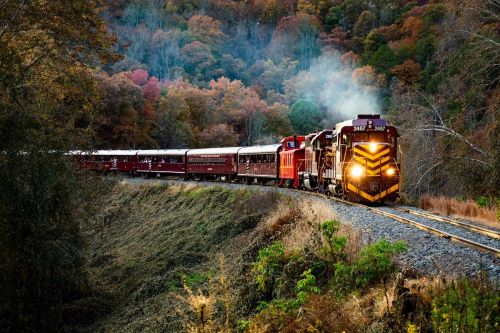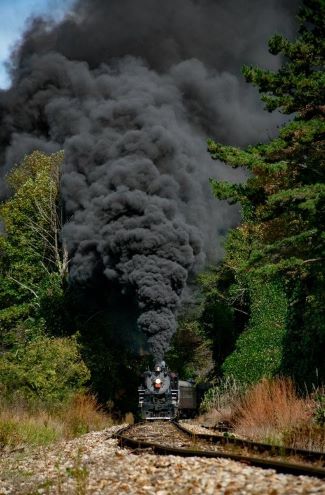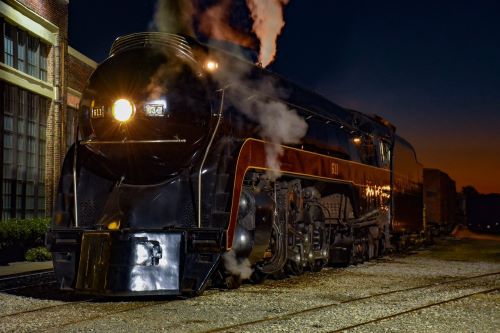The magical “Polar Express” train ride has returned to Swain County for December, but what is the true “magic” according to some passengers and crew members?

Since 1988, the Great Smoky Mountains Railroad, otherwise known by its reporting mark “GSMR,” has served as a major North Carolina tourist attraction and sees nearly 200,000 visitors yearly. Aside from their usual excursions to the Nantahala Outdoor Center and Dillsboro, the GSMR has implemented a new option for passengers looking for some holiday spirit in December. After the release of the hit 2004 movie “The Polar Express,” the GSMR began running Polar Express-themed trains to the North Pole, an intermittent setup in the small town of Whittier.

Similar to the story, passengers experience everything from the serving of hot chocolate to an arrival at the North Pole where Santa greets an eager crowd. While these are arguably the main attractions for the Polar Express excursions, others flock to Bryson City to board the train with other motivations and passions.
It’s no secret that the GSMR is the proud owner of a genuine steam locomotive, 2-8-0 class number 1702, and has been for 30 years. Built by the Baldwin Locomotive Works in 1942 for the U.S. Army, 1702’s service in the military was short-lived and the engine spent the next couple of decades in Nebraska and Arkansas for privately owned railroads.
The GSMR bought 1702 in 1991 for nearly $50,000 and it has been the face of the railroad ever since.
See the video story below on……
The crew behind the scenes is consistently fortunate to come in and get to work with 1702. Avery Church is a conductor for the GSMR and is proud to serve alongside a piece of American history.
“It’s absolutely our pride and joy. 1702 is the pride and joy of the whole Great Smoky Mountains Railroad. It’s very much an honor to us as well to get to run a wonderful piece of history. Not many steam locomotives like that, that’s the only one in America (with its military past) that’s still operable. We’re very proud of it and take a lot of pride in it,” said Church.
The crew at the GSMR aren’t the only ones thrilled to take part in keeping history alive. Without passengers like Katherine Hayes, the railroad would have no ability or purpose to keep 1702 operable and on the rails.
“The steam engine has been a big part of our history,” said Hayes. “You don’t get an opportunity to be able to do this. It’s been a lot of fun.”

American railroads began converting to diesel in the 1950’s with most steam locomotives being mass stored in railyards awaiting the scrappers’ torch. Thanks to efforts similar to the preservation of 1702, steam locomotive icons that were once saved from becoming the next tin can have emerged in our modern days and are well-known throughout the railroading community. Locomotives such as the Norfolk and Western 611, Pere Marquette 1225 and Southern Railway 4501 have survived years of change and continue to actively serve rail museums across the country.
GSMR Engineer, Marshal Harris, is ecstatic to see 1702 stand with others like 611 that have survived dieselization and promotes his belief that the full experience can only happen through running a live steam locomotive; not sitting in a stagnant display in a museum.
“Being a part of 1702 means a lot to me in the fact that a lot of people don’t realize what a real steam engine is like. You can’t get the feel of the heat and everything, the fire, the smell, when it’s sitting in a museum what you do out here where it’s running and working,” said Harris.
With an immense amount of maintenance and care that has gone into keeping 1702 operating, the locomotive has survived the trials of time and has established itself as what many would consider being a staple of the Western North Carolina region. As the world continues to grow and change, this is certain. As long as a fire burns within, 1702 will continue to pull countless excursions for the GSMR for years to come.


